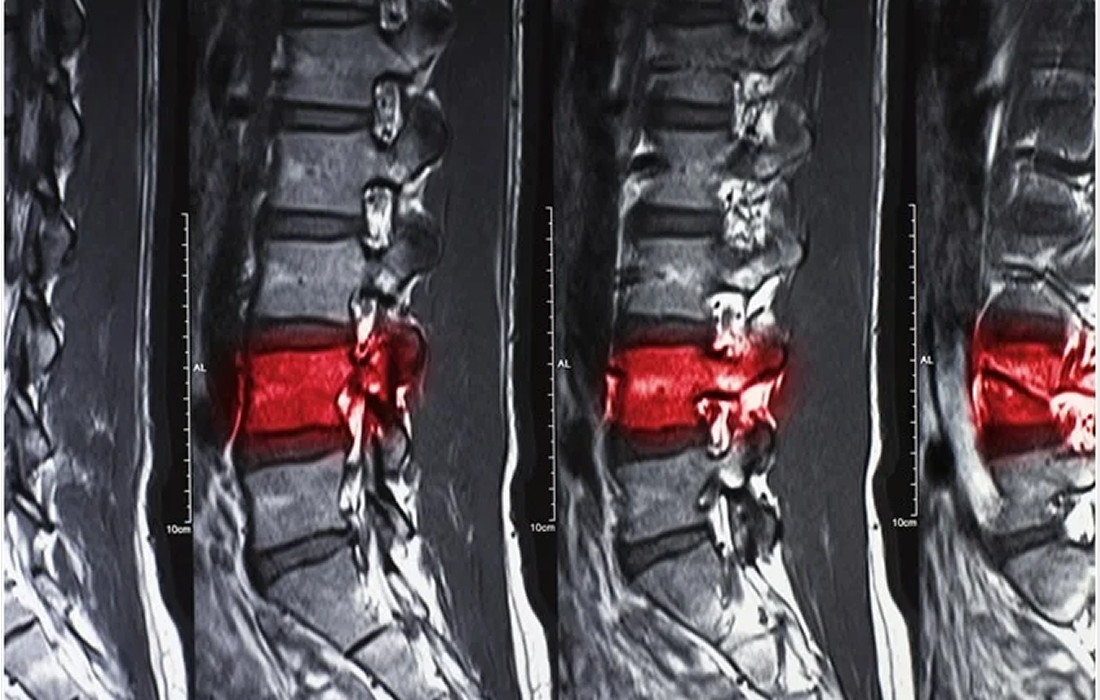Alzheimer’s disease is the most common type of dementia. It is a progressive disease beginning with mild memory loss and possibly leading to loss of the ability to carry on a conversation and respond to the environment. In 2020, as many as 5.8 million individuals were living with Alzheimer’s disease in the US and the […]
Monthly Archives: November 2021
What is Glucosamine? Glucosamine is a natural compound found in cartilage, the tough tissue that cushions joints. In supplement form, glucosamine is harvested from shells of shellfish or made in a lab. There are several forms of glucosamine, including glucosamine sulfate, glucosamine hydrochloride, and N-acetyl glucosamine. It serves as a building block for various functional […]
A team of researchers from Northwestern University in the United States have developed a new injectable therapy that harnesses “dancing molecules” to reverse paralysis and repair tissue after severe spinal cord injuries. Their research results were published in the journal Science in the November 12 issue. They administered a single injection to tissues surrounding the […]
Crohn’s disease is an inflammatory disease of the gastrointestinal tract triggered by microbial and environmental insults. The global burden of disease associated with CD is rising, particularly in developed countries where incidence has been increasing for decades. Current standards of care, including immunomodulatory biologics, are expensive and have high rates of primary and secondary non-responsiveness. […]
Systemic lupus erythematosus (SLE) is an autoimmune disorder often characterized by the development of glomerulonephritis. The general consensus is that 60% of lupus patients will develop clinically relevant nephritis at some time in the course of their illness, and lupus nephritis (LN) is a major cause of mortality among patients. What is Lupus Nephritis? Lupus […]
Antibodies after COVID-19 vaccination peak higher for women and younger people than men and individuals over the age of 65, respectively, but levels drop by half within six months for everyone in a study group. A new study led by Texas Biomedical Research Institute (Texas Biomed) and the University of Verona in Italy has found […]
Stroke is the most common cause of epilepsy in older age. Subclinical cerebrovascular disease is believed to underlie some of the 30-50% of late-onset epilepsy without a known cause. Epilepsy is the third most common neurological condition that affects older people after stroke and dementia. Research shows that late-onset epilepsy has become more widespread in […]
Diabetes has become one of the most common chronic diseases in the world. Its prevalence was globally estimated to be 4.4% in 2030 and the total number of patients will be increased to 366 million. According to the CDC 34.2 million Americans, just over 1 in 10 individuals have diabetes in the USA, 88 million […]
Reduced caloric intake without malnutrition is the oldest known life span–extending intervention. Laboratory studies throughout the 20th century established and confirmed the benefits of caloric restriction (CR) in multiple model systems. CR not only increased life span across evolutionarily distant organisms but also reduced age-associated disease burden and functional decline in these studies. Epidemiological data […]
Influenza A viruses infect a number of different species, ranging from birds to mammals including humans. In addition to the welldefined respiratory effects, acute influenza infection in humans can lead to the development of a number of encephalitic syndromes, each having neurological consequences. This can happen with other respiratory viruses also. A new study published […]










